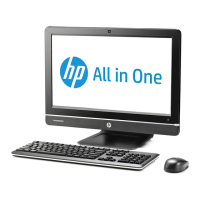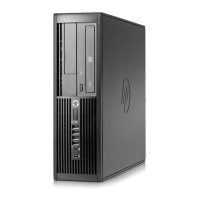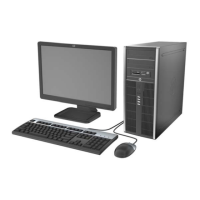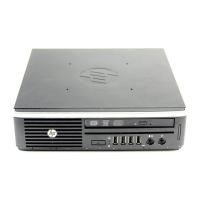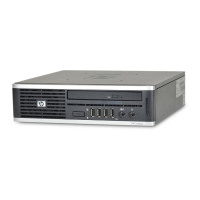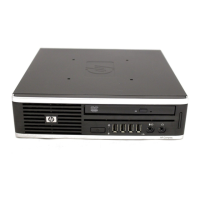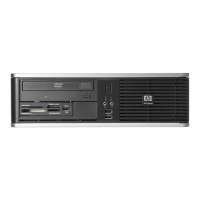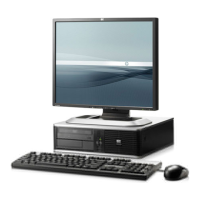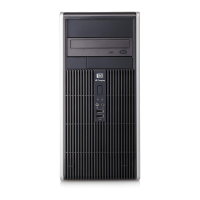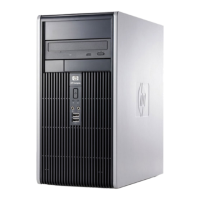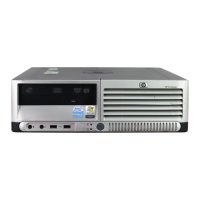How do I fix a hard drive error on my HP Desktop?
- JJames YoungSep 17, 2025
If an HP Desktop hard drive error occurs, in Windows 7, click Start, click Computer, and right-click on a drive. Select Properties, and then select the Tools tab. Under Error-checking click Check Now. In Windows 8, on the Start screen type e, and then select File Explorer from the list of applications. In the left column, expand Computer, right-click on a drive, select Properties, and then select the Tools tab. Under Error checking click Check. Use a utility to locate and block usage of bad sectors. This can happen if the hard disk has bad sectors or has failed.





